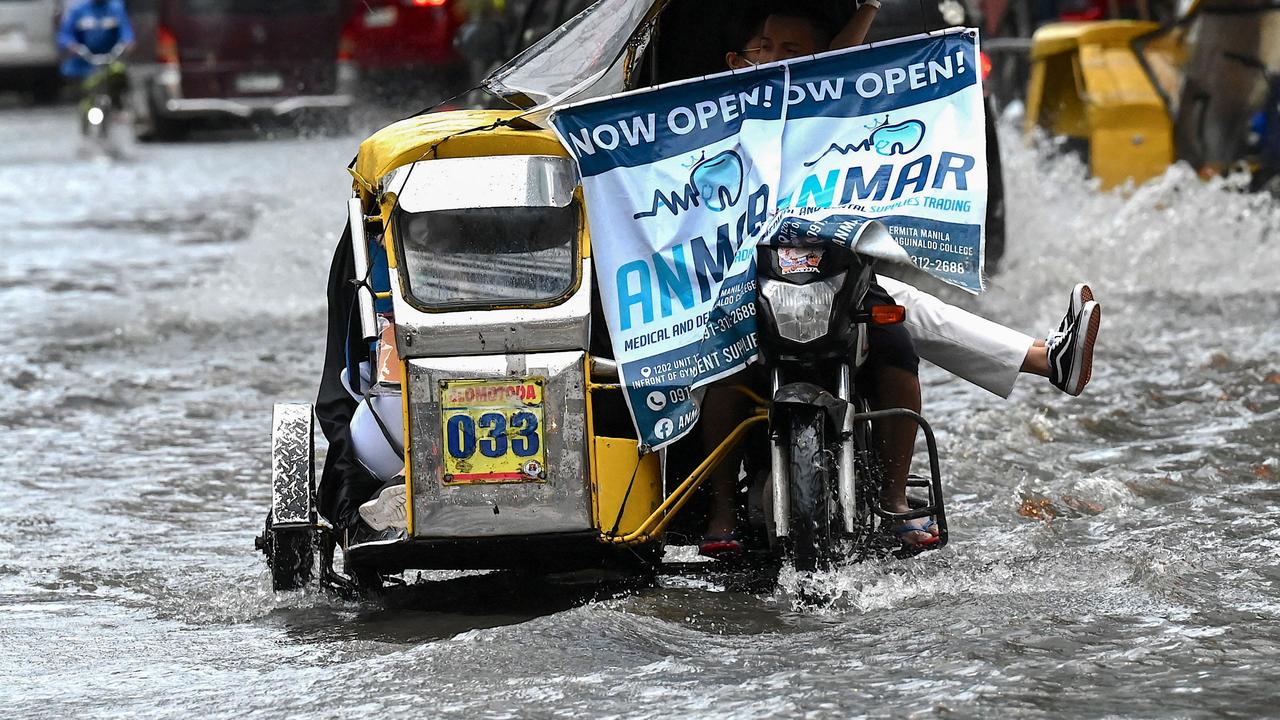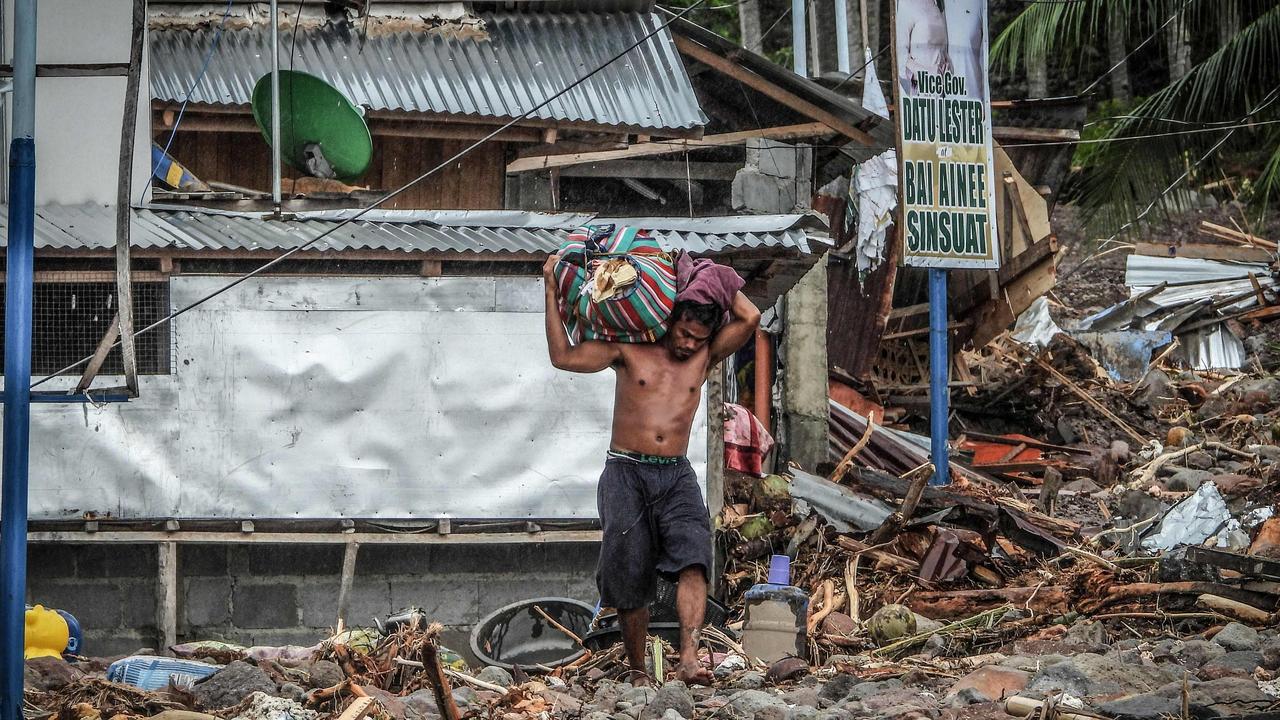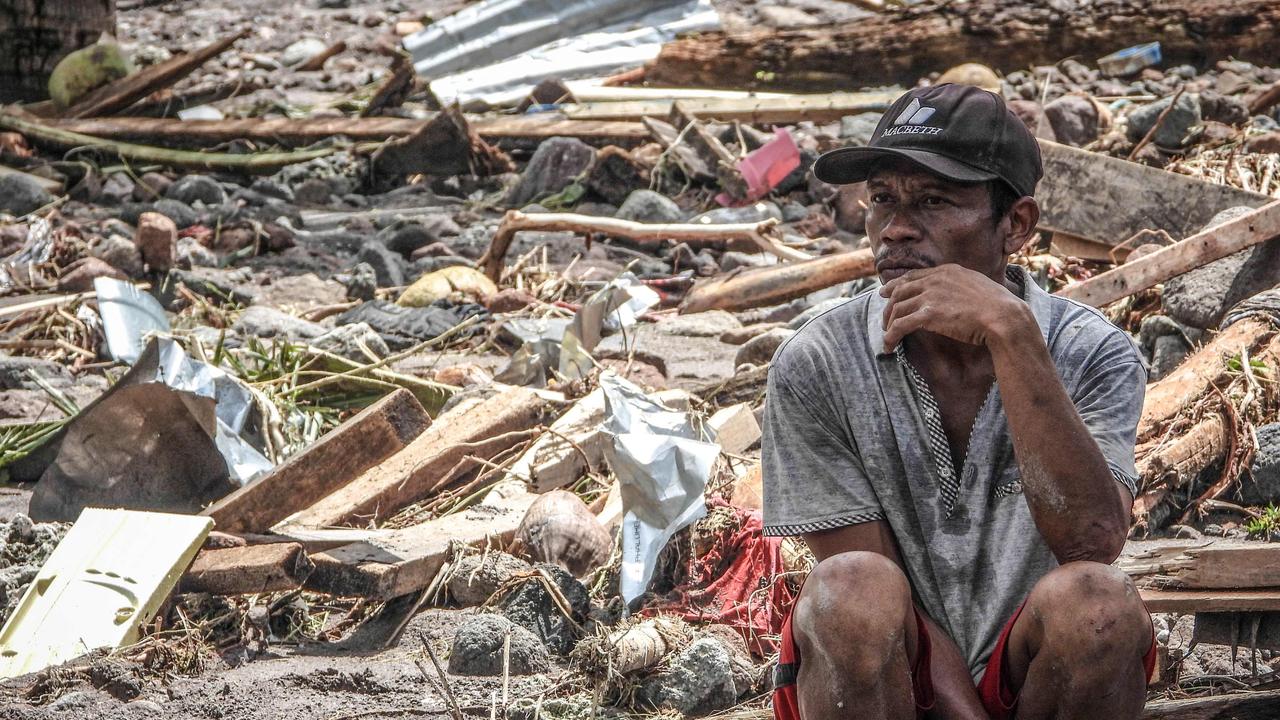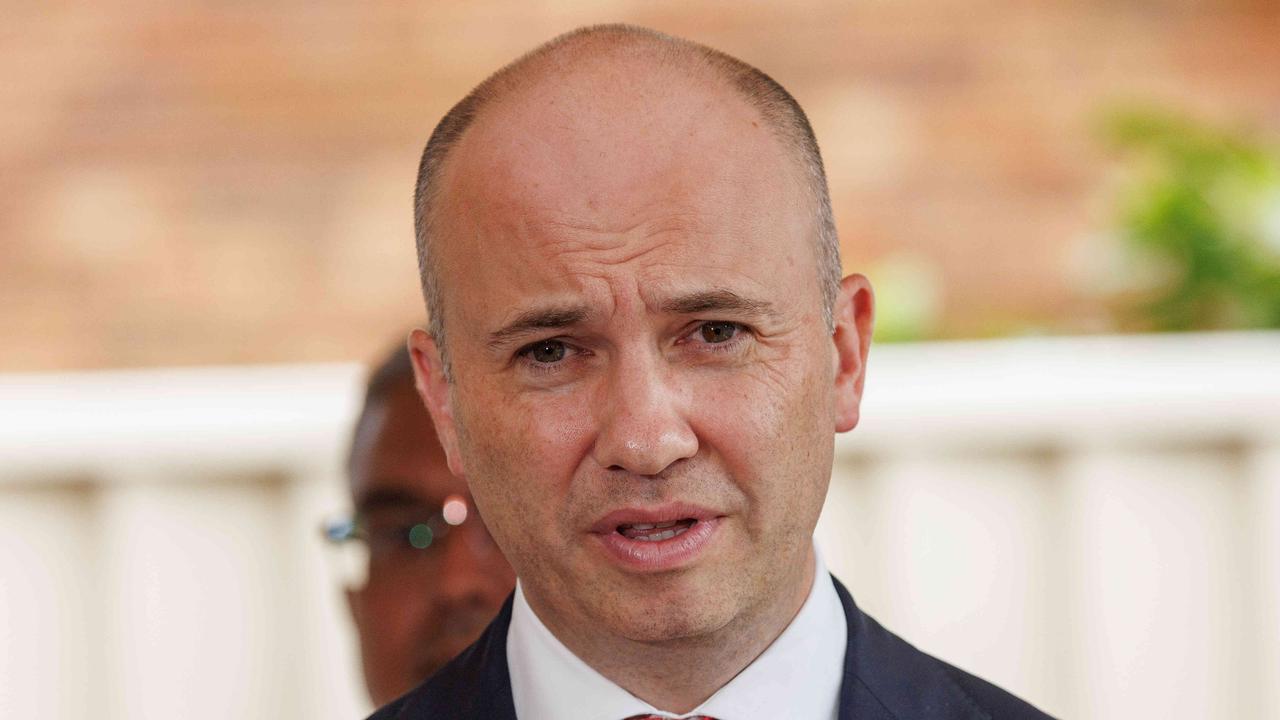Disaster on Australia’s doorstep as floods and landslides kill 45 in Philippines
At least 45 people are dead and thousands displaced from their homes amid flooding and landslides as a disaster hits close to our shores.

At least 45 people are dead and around 20 are missing after the Philippines was hit by a severe storm overnight.
Tropical Storm Nalgae (called Paeng in the Philippines) made landfall on Saturday, with wind gusts of up to 160km/h unleashing on the Pacific nation throughout the weekend, leading to flash flooding and landslides.
Rescuers using rubber dinghies and canoes attempted to access villages that were submerged as they searched for people stranded in the deluge and pulled bodies from the water.

The Philippines Department of Social Welfare and Development has estimated that more than 409,000 people had been affected by the storm, with at least 61,000 displaced – including in capital Manila, The New York Times reports.
The hardest hit region has been in the south of the country in Bangsamoro, where at least 40 people were killed as a result of the flash flooding, the Social Welfare Department said.
The area is fairly impoverished, with Cotabato City mayor Bruce Matabalao saying 330,000 people in his city alone had been affected by the severe storm event. On Saturday, Bangsamoro was declared under a state of emergency.


Before Nalgae made landfall, it was causing havoc, with Friday seeing power outages in several cities and damage to homes across the country.
President Ferdinand Marcos Jr, who became leader just a few months ago on June 30, offered prayers to his people.
“Our prayers go to the lives lost,” the President wrote on Twitter. He also offered prayers “to those who continue to be gravely affected by this calamity,” and advised those in the path of the storm to take precautions.
Mr Marcos Jr has also said that his government has “immediate aid” to be delivered to those affected.
“Our priority is to provide clean drinking water and purifying systems, restoring electricity especially to hospitals and evacuation centres, and immediate clearing operations so that aid can reach the areas ravaged by [the] typhoon,” he tweeted late on Saturday.

Before Nalgae hit, more than 7000 people had been evacuated from their homes. Hundreds of schools were also closed.
However an emergency wasn’t declared in many regions, despite the weather forecast.
“I am deeply saddened by this tragedy that befell our country,” Senate minority leader Koko Pimentel said. He added that many local governments had been “caught by surprise”.
“[Bangsamoro] has not … experienced a flood of this magnitude until today. The people and LGUs were caught by surprise. It is our duty as their brothers and sisters to extend help during this most difficult time in their lives,” Mr Pimentel said.
The island nation of the Philippines is hit by on average 20 tropical storms each year. The country lies in an area of the western Pacific Ocean which is a hotspot for typhoons.
Last month Typhoon Noru hit the northern Philippines island of Luzon. And in April this year, more than 120 people died when Tropical Storm Megi made landfall.
In 2013, Typhoon Haiyan, the country’s deadliest storm, killed 6500 people.






